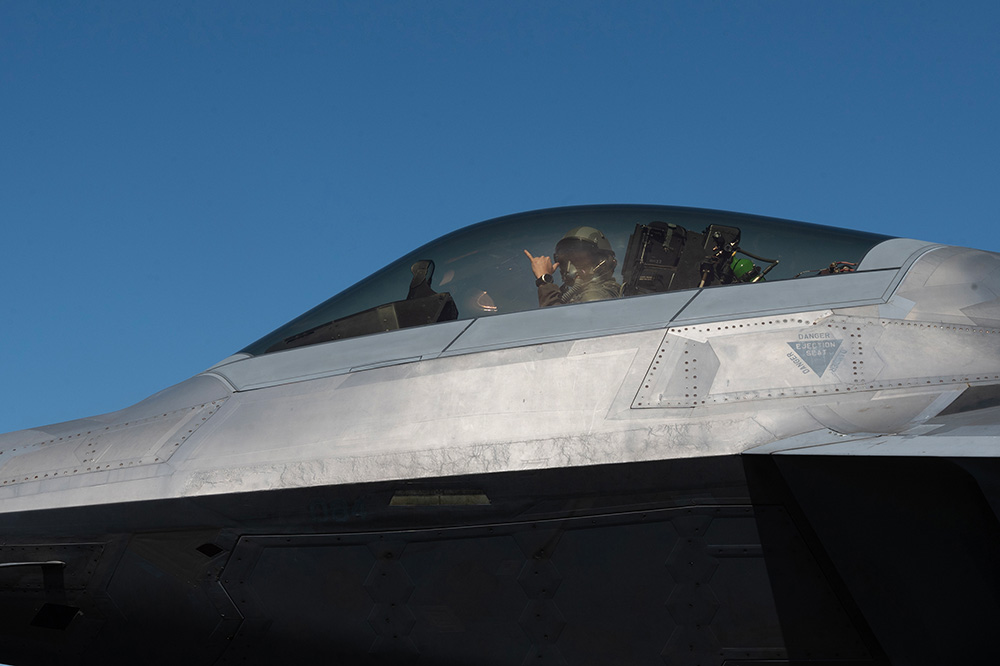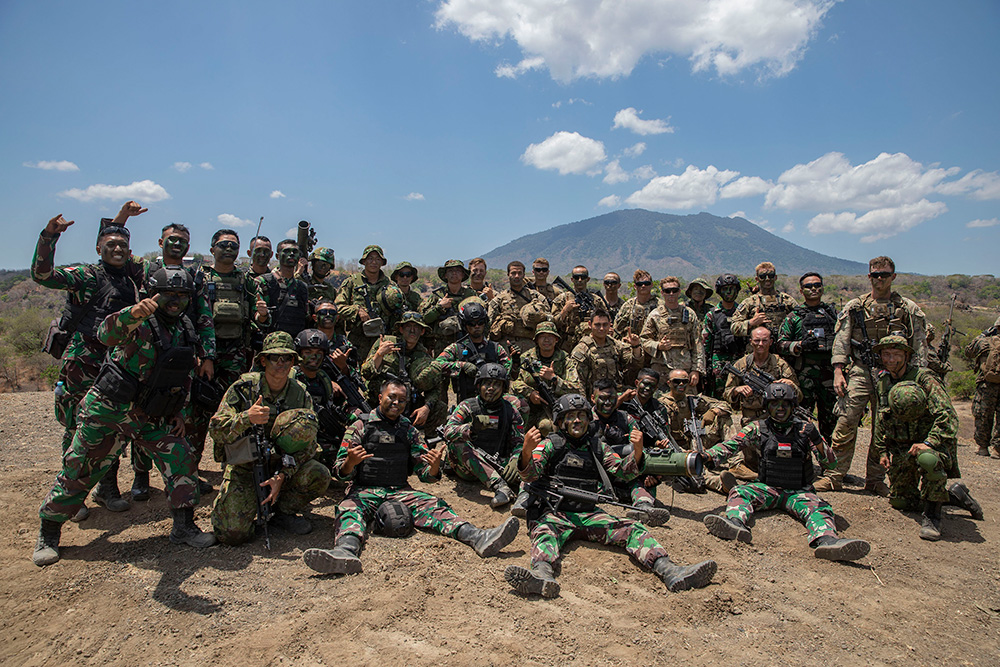The U.S. remains fully committed to its strategy of integrated deterrence in the Indo-Pacific while keeping a close eye on China’s provocations in the region, a senior Pentagon official said yesterday.
Ely S. Ratner, assistant secretary of defense for Indo-Pacific security affairs, said conflict with China is not inevitable despite indications that Beijing is increasingly leveraging its military to spread its malign influence abroad.
Previewing the forthcoming 2023 China Military Power Report, Ratner said DOD assesses that the Chinese Communist Party is increasingly turning to its military as “an instrument of coercion in support of their revisionist aims” with an eye toward restructuring the international order and undermining global peace and stability.
That assessment, he said, is evidenced by China’s rapid expansion of its nuclear forces and increasing provocations by its air and naval forces against U.S. allies and partners operating in the region under accordance with international law.
Ratner also noted China’s lack of interest in maintaining open lines of communication with U.S. defense officials, noting that Beijing has declined multiple invitations to communicate directly with Secretary of Defense Lloyd J. Austin III and other senior Pentagon policymakers.
“The bottom line is this: We are clear eyed about the challenges posed by the PLA’s [China’s People’s Liberation Army] growing capabilities and by how it is choosing to use these capabilities in threatening and destabilizing ways,” Ratner said.

An Air Force F-22 Raptor pilot from the 199th Air Expeditionary Squadron signals to his crew chief that he’s ready for aircraft launch during Exercise Talisman Sabre 23 in Northern Territory, Australia, July 23, 2023. © DOD
“But at the same time, we know this: Conflict in the Indo-Pacific region is neither imminent nor inevitable because deterrence is real and strong today,” he said. “And we’re doing more than ever—together with our allies and partners—to keep it that way by advancing a common vision for regional peace and stability.”
Ratner noted DOD’s investment in critical capabilities to maintain deterrence in the region throughout the next decade and beyond.
Those investments, he said, will “strengthen our warfighting advantages, exploit adversary vulnerabilities and address critical challenges in the Indo-Pacific” with the aim of strengthening the United States’ combat credible deterrent and assuring that the U.S. will prevail in conflict.
Ratner also underscored the department’s work with regional allies and partners “to deliver a U.S. force posture in the region that is more mobile, distributed, resilient and lethal.”

U.S. Army soldiers and Indonesian forces gather at the conclusion of a combined, live-fire exercise during Super Garuda Shield 2023 in Indonesia, Sept. 11, 2023. © DOD
He noted key partnerships with Australia, Japan and the Philippines project U.S. capability and usher in a new era of enhanced cooperation in the region.
He also highlighted Austin’s recent trip to Papua New Guinea – the first ever visit to the country by a U.S. defense secretary. In May, the U.S. and Papua New Guinea committed to cooperate on security.
Ratner said the U.S. will continue to work relentlessly to counter Chinese aggression and ensure a free and open Indo-Pacific.
“Of course, the PLA’s power matters,” he said. “But so does our power, and so does the collective power of our allies and partners. Continuing to deliver in the Indo-Pacific will require considerable attention, resources and prioritization by the U.S. government, and we are focused on doing what it takes.”





